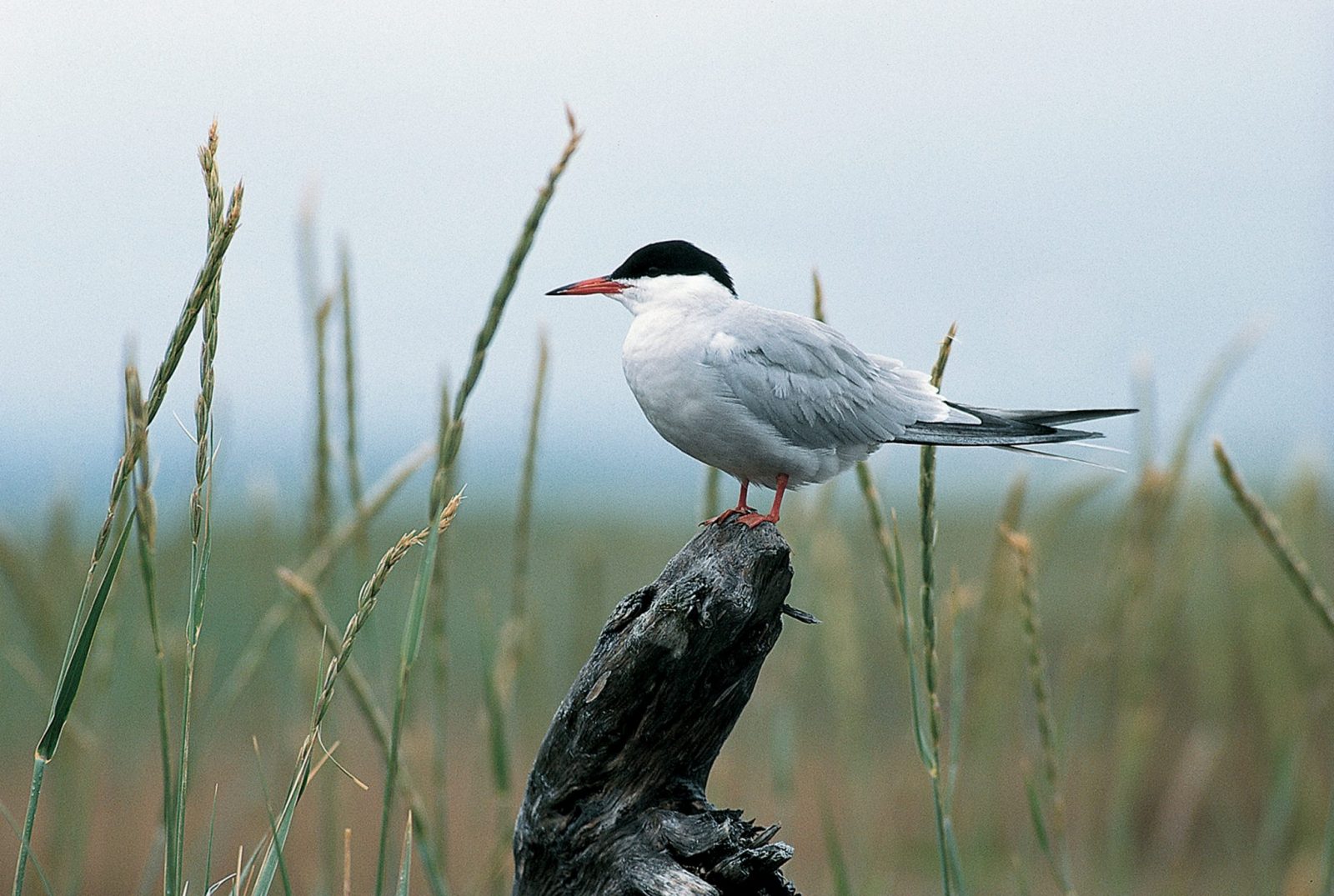Deninu Kųę́ First Nation Shares Results from 2021 Acoustic Bird Survey

December 15, 2022: Deninu Kųę́ First Nation (DKFN) with the National Audubon Society, Canadian Parks and Wilderness Society – NWT Chapter (CPAWS-NWT), and Ducks Unlimited Canada (DUC) are excited to report on results from DKFN’s summer 2021 passive acoustic monitoring surveys for birds within the Slave River Delta with the use of automated recording units (ARUs).
The ARU’s, provided by the National Audubon Society’s Boreal Conservation Program, record audio of the surrounding landscape, including bird songs and calls, at preprogrammed times and store the recordings until they can be retrieved at a later date. That data can then be analyzed to determine the presence of birds in the area and serve as an archive of the overall bioacoustics landscape. The process can be repeated and compared over time to help understand changes taking place within the ecological communities. Beginning in late summer 2021, members of DKFN set up 10 ARUs within the delta to document bird use of the area during the fall migration period. In total, 3300 hours of recordings were collected through the end of October 2021, which were then sent to the Cornell Laboratory of Ornithology in Ithaca, NY for subsequent analysis. Thirty-three bird species were detected on the recordings, with Northern Waterthrush and Swainson’s Thrush being the most widespread occurring at 8 out of 10 recording sites within the delta. Many priority species for Bird Conservation Region 6—an ecologically distinct region with similar bird communities and habitats that the delta falls within—were also documented, including Alder Flycatcher, Bohemian Waxwing, Caspian Tern, Common Yellowthroat, Greater and Lesser Yellowlegs, Green-winged Teal, Least Flycatcher, Merlin, White-throated Sparrow, and White-winged Crossbill. Lesser Yellowlegs is also federally listed as Threatened due to estimated population declines for the species of more than 50% over the last 10 years, according to the Committee on the Status of Endangered Wildlife in Canada (COSEWIC). The Government of the Northwest Territories ranked Lesser Yellowlegs, as well as Caspian Tern, as “sensitive” species that require special protections to prevent the risk of population losses within the region.
The Slave River Delta is considered an Important Bird Area, largely due to its significance to migrating waterfowl during spring and fall migration, particularly Tundra Swans. It is also of great importance to shorebirds and land birds during migration and provides pristine habitat for breeding birds in summer. DKFN deployed ARUs again this year and with an earlier start date to document breeding birds in the region. Analysis of those recordings is set to begin in the New Year with preliminary results ready in spring 2023.
This project exemplifies collaboration in support of Indigenous-led conservation and land stewardship efforts within Canada and contributes information to the consideration of an Indigenous Protected and Conserved Area (IPCA) at the Slave River Delta and Taltson Watershed. An IPCA project is now in the process of being launched by DKFN and the Ft. Resolution Metis Government.
Links:
DKFN AND FRMG SIGN IPCA CONTRIBUTION AGREEMENT
DKFN FRMG Press Release December 8th, 2022


